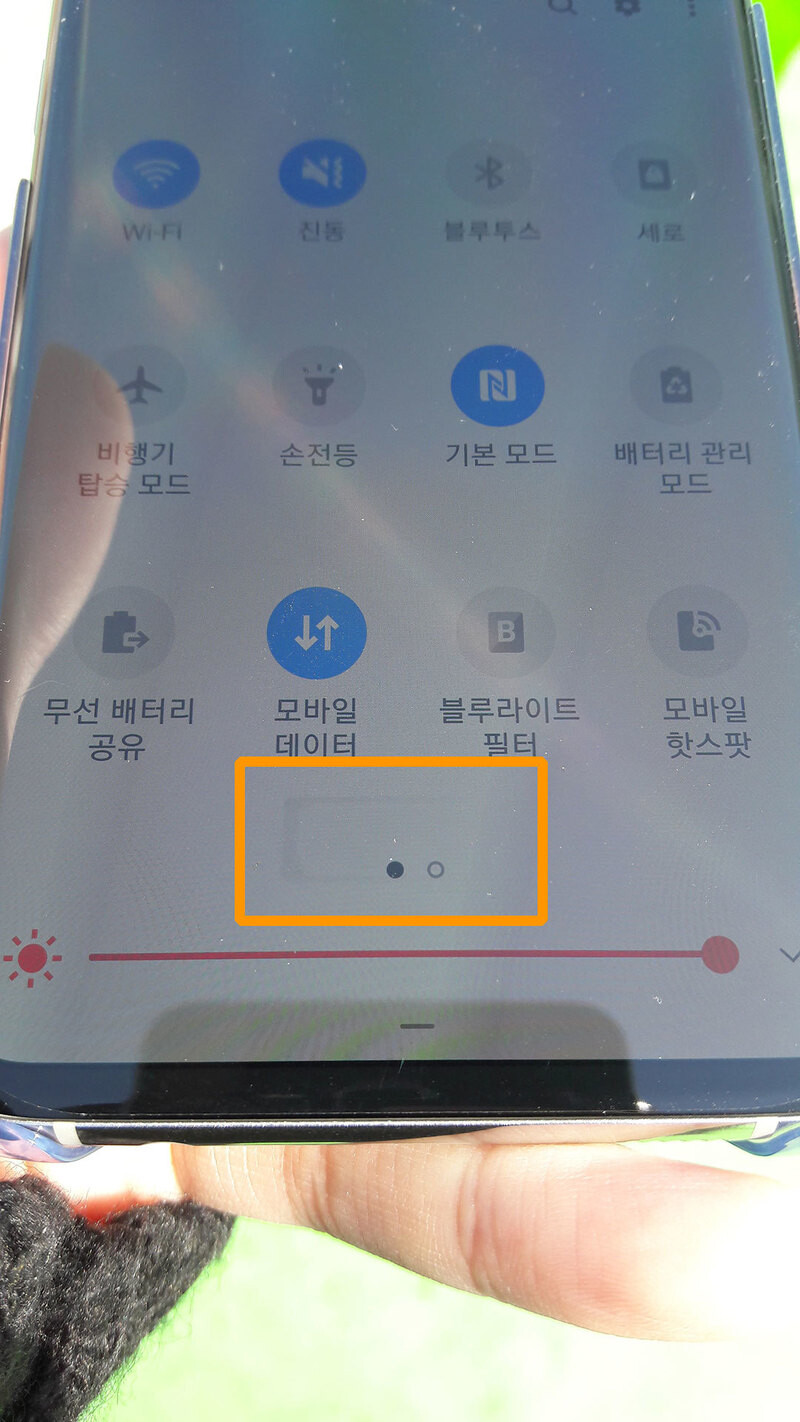hankyoreh
Links to other country sites 다른 나라 사이트 링크
Samsung’s Galaxy S10 bombarded with complaints about ultrasound fingerprint technology

The new Galaxy S10 premium smartphone by Samsung Electronics has been such a hit with consumers that supplies are reported to be running low – but complaints are now emerging from purchasers over problems with the newly introduced ultrasonic fingerprint scanning feature. Critics contend that Samsung Electronics has only added to users’ hassles with its failure to proactively explain its technology.
With its past smartphones, Samsung Electronics placed a capacitive fingerprint sensor on the back of the device. For its latest version, it adopted a new approach with an ultrasonic sensor placed in the screen. Where the capacitive type utilizes changes in electrical characteristics over the surface of the finger, the ultrasonic type uses changes in ultrasonic waves as they are reflected back. The ultrasonic approach was adopted despite assessments arguing that it was still too early in technical terms.
According to accounts from Galaxy S10 users on Mar. 13, many are experiencing difficulties with low fingerprint recognition rates. The chief example has been an inability to conduct timely financial transactions due to finger recognition failures. When Galaxy S10 users set finger recognition as their identity authentication method for financial apps, three to five failures result in the phone being regarded as stolen, shutting down the app and requiring the fingerprints to be registered again.
Numerous Galaxy S10 users have posted messages to Clien and other smartphone user community sites sharing their experiences with fingerprint recognition failures. Some have gone so far as to call the problem a “technical defect.” Tips for increasing recognition success rates have also been shared. One example read, “Rub nostril grease or spit on your finger before you use the recognition feature, and press hard.”
Experts said the Galaxy S10’s low fingerprint recognition rate appeared to stem from the technical limitations of ultrasonic fingerprint sensing. The technical characteristics of the ultrasonic approach are such that the rate of recognition decreases when air is present between the finger and the sensor.
“It’s the same reason that they apply gel when they do ultrasonic testing on your abdomen during a health examination,” explained one expert.
Samsung offers belated explanation and repeats “tips” already shared by users
The flood of user complaints prompted Samsung Electronics to offer a belated explanation on Mar. 13 on the reason for the lower fingerprint recognition rate. In its explanation, the company said recognition may not be successful when the fingerprint is in a dry state – as in a dry environment or when a user has just woken up in the morning – or when the finger has peeling skin or substances stuck to its surface. The recognition may also fail to work when the protective film is not a genuine item.
“We’ve increased the fingerprint sensor recognition rate with a software update and added it to the Samsung.com manual, while instructing our customer service centers to actively explain it,” said a Samsung official.
The company’s suggestions echo the same “tips” share by users.
“If you’ve changed your fingerprint recognition approach to ultrasonic, you need to explain the technical characteristics from the outset and provide instructions on the proper method of usage,” said one industry observer. “It’s unfortunate that they didn’t do that.”
Another controversy surrounding the Galaxy S10’s ultrasonic fingerprint recognition feature concerned the sensor shining through the screen when the device is used in brightly lit locations. Some users have continued to insist on exchanging their devices over the issue, while Samsung Electronics has countered that the sensor “only shows through in very bright settings” and that the problem is “not a defect.”
By Kim Jae-seob, staff reporter
Please direct comments or questions to [english@hani.co.kr]

Editorial・opinion
![[Column] Park Geun-hye déjà vu in Yoon Suk-yeol [Column] Park Geun-hye déjà vu in Yoon Suk-yeol](https://flexible.img.hani.co.kr/flexible/normal/500/300/imgdb/original/2024/0424/651713945113788.jpg) [Column] Park Geun-hye déjà vu in Yoon Suk-yeol
[Column] Park Geun-hye déjà vu in Yoon Suk-yeol![[Editorial] New weight of N. Korea’s nuclear threats makes dialogue all the more urgent [Editorial] New weight of N. Korea’s nuclear threats makes dialogue all the more urgent](https://flexible.img.hani.co.kr/flexible/normal/500/300/imgdb/original/2024/0424/7317139454662664.jpg) [Editorial] New weight of N. Korea’s nuclear threats makes dialogue all the more urgent
[Editorial] New weight of N. Korea’s nuclear threats makes dialogue all the more urgent- [Guest essay] The real reason Korea’s new right wants to dub Rhee a founding father
- [Column] ‘Choson’: Is it time we start referring to N. Korea in its own terms?
- [Editorial] Japan’s rewriting of history with Korea has gone too far
- [Column] The president’s questionable capacity for dialogue
- [Column] Are chaebol firms just pizza pies for families to divvy up as they please?
- [Column] Has Korea, too, crossed the Rubicon on China?
- [Correspondent’s column] In Japan’s alliance with US, echoes of its past alliances with UK
- [Editorial] Does Yoon think the Korean public is wrong?
Most viewed articles
- 1‘We must say no’: Seoul defense chief on Korean, USFK involvement in hypothetical Taiwan crisis
- 2N. Korean delegation’s trip to Iran shows how Pyongyang is leveraging ties with Moscow
- 3‘Weddingflation’ breaks the bank for Korean couples-to-be
- 4Korea sees more deaths than births for 52nd consecutive month in February
- 546% of cases of violence against women in Korea perpetrated by intimate partner, study finds
- 6Will NewJeans end up collateral damage in internal feud at K-pop juggernaut Hybe?
- 7[Column] Park Geun-hye déjà vu in Yoon Suk-yeol
- 8[Editorial] New weight of N. Korea’s nuclear threats makes dialogue all the more urgent
- 9Amnesty notes ‘erosion’ of freedom of expression in Korea in annual human rights report
- 10“Parental care contracts” increasingly common in South Korea